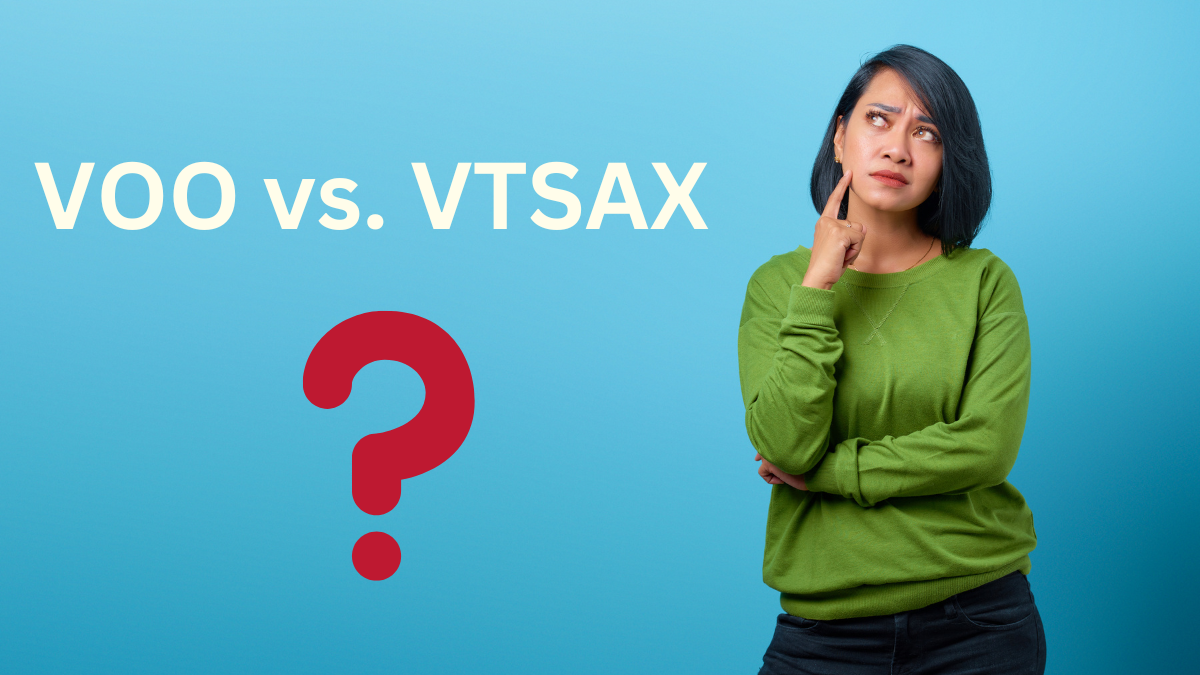When choosing where to invest money, VOO and VTSAX are two popular options from Vanguard. They are both ways to invest in many companies, but they have some key differences. Understanding these can help you decide which is better for you.
What is VOO?
VOO stands for Vanguard S&P 500 ETF. This is a special type of fund called an ETF (exchange-traded fund). It tries to match the performance of the S&P 500, which includes 500 big companies in the United States.
When you buy VOO, you own a small part of these big companies. VOO is popular because it has low costs and is easy to trade, just like a stock.
What is VTSAX?
VTSAX stands for Vanguard Total Stock Market Index Fund Admiral Shares. This is a mutual fund, another type of investment. It aims to track nearly all U.S. publicly traded stocks, not just the big ones.
With VTSAX, you get a piece of almost every company in the U.S., from huge corporations to tiny new firms. This makes it very diversified.
Key differences between VOO and VTSAX
Market coverage:
- VOO: Focuses on the 500 largest U.S. companies.
- VTSAX: Includes nearly all U.S. stocks, big and small.
Type of fund:
- VOO: An ETF which trades like a stock throughout the day.
- VTSAX: A mutual fund that you can only buy or sell at the end of the trading day.
Expense ratio:
- VOO: Very low cost.
- VTSAX: Also low cost, but usually higher than VOO.
Tax efficiency:
- VOO: Generally more tax-friendly.
- VTSAX: It may not be as tax-efficient as VOO.
Minimum investment:
- VOO: No minimum; buy as little as one share.
- VTSAX: Requires at least $3,000 to start.
Dividend reinvestment:
- VOO: Choose to reinvest dividends or take them as cash.
- VTSAX: Automatically reinvests dividends unless you say otherwise.
Performance comparison
Both VOO and VTSAX have performed well over time. VOO focuses on large companies, which are usually more stable but might grow slower.
VTSAX includes a mix of big and small companies, so it can grow faster but can also be more unpredictable.
Which is right for you?
Your choice between VOO and VTSAX depends on your goals and what you like.
If you want something simple and prefer large, stable companies, VOO might be better. It lets you own a part of America’s top 500 companies with the ease of trading like a stock.
If you want a broader mix and do not mind managing a mutual fund, VTSAX could be right. It gives you a piece of nearly every U.S. company, big and small.
How to invest in VOO and VTSAX
VOO: Buy VOO through any brokerage account. Places like Vanguard, Fidelity, or Charles Schwab offer it.
VTSAX: Invest in VTSAX directly through Vanguard. Some brokers may offer it, too, but it is easiest to buy through Vanguard’s website.
Pros and cons
VOO pros:
- Low cost.
- Easy to trade.
- Tax-friendly.
- Focuses on big, stable companies.
VOO cons:
- Only includes 500 big companies.
- No small or mid-sized company exposure.
VTSAX pros:
- Very broad market coverage.
- Includes companies of all sizes.
- Low cost for a mutual fund.
VTSAX cons:
- Higher starting investment.
- Less tax-friendly than ETFs.
- Trades only at the end of the day.
RELATED ARTICLES
Conclusion
VOO and VTSAX are great options from Vanguard, each with unique benefits. VOO is an ETF focusing on the S&P 500, great for stability and ease of trading. VTSAX is a mutual fund covering nearly all U.S. stocks, offering broad exposure.
Understanding your goals will help you choose the right one. Whether you prefer the simplicity of VOO or the broad coverage of VTSAX, both are solid choices for long-term investors.
Frequently Asked Questions
1. What is VOO?
VOO is an ETF that tracks the S&P 500, including 500 large U.S. companies.
2. What is VTSAX?
VTSAX is a mutual fund that tracks nearly all U.S. stocks, giving broad market exposure.
3. Which one is cheaper?
Both have low costs, but VOO usually has a slightly lower expense ratio.
4. Which is better for taxes?
VOO is generally more tax-efficient due to its ETF structure.
5. How much do I need to start?
You can buy VOO with any amount, but VTSAX requires at least $3,000.
6. Can I reinvest dividends?
Yes, both funds allow for dividend reinvestment, but VTSAX does this automatically unless you choose otherwise.









